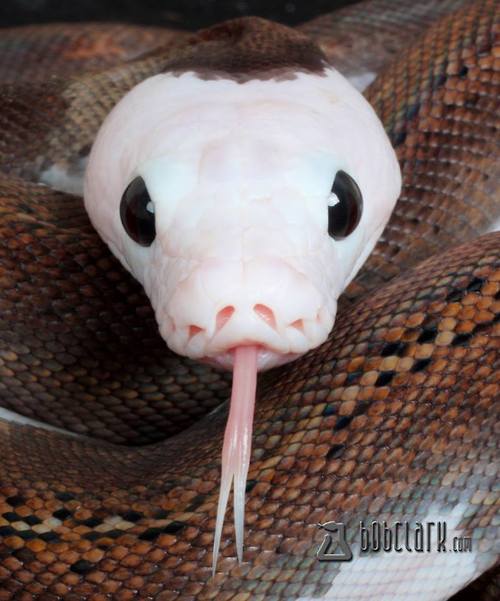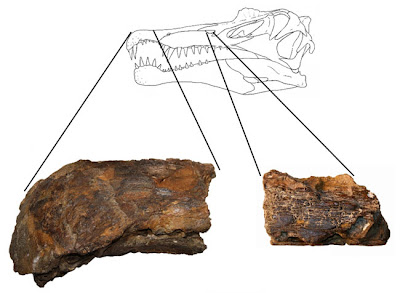The size of Oxalaia Quilombensis
Dinosaurs Forum Topic

Carnosaur
MemberCompsognathusAug 13, 20144051 Views15 RepliesToday, we look at a very poorly known Spinosaur from Brazil.
Oxalaia is known from the holotype(MN 6117-V) and some reffered material( MN 6119-V)
MN6117-v is a fused Premaxillae, which is about 201 mm long(8 inches) and 115 mm (4 inches) wide. Based on comparisons with other spinosaurids (e.g., Dal Sasso et al. 2005), the total length of the skull is estimated around 1350 mm(4,4 feet)
In comparison, the skull of the largest - most in tact spinosaur - Suchomimus Tenerensis, had a skull length of 4.2 feet. And even that animal was supposedly a subadult animal.
But, using Suchomimus as a guide - though i would preferably use spinosaurus, as it is more closely related - scaling up yields approximately 13.4 meters in TBL, and 5 tons in weight.
We'll also use baryonyx, The 14 m is slightly overestimated. Based on Baryonyx. Oxalaia would be ~13-13.5 m in length (42.6-44.3 ft), rather than 14 m (46 ft).
Skull
Bary - 915 cm
Oxalaia - ~ 135 cm
Length
Baryonyx - 9.1 m
Oxalaia - ~ 13.4 m
And again, we apply the "Eighths rule", which seems to work very well with spinosaurids.
4.4x8 yields ~ 35.2 feet(11.3 meters)
I am very sceptical of the 1,35m skull-lenght figure for Oxalaia really being correct. The premaxilla isn't that large. Nore is the reffered material.


Based on what we have - the very little we have - Oxalaia was 12 meters in total body length and tipped the scales at 4.5 tons. A suchomimus sized animal, to put it briefly.
These specimens were collected at the Laje do Coringa site, Late Cretaceous (Cenomanian) of the São Luis Basin. Unlike Cristatusaurus and Suchomimus, Oxalaia quilombensis lacks serrations on the teeth. It further differs from Spinosaurus cf. S. aegyptiacus and the Algerian spinosaurid by the rounder shape of the terminal expansion. Furthermore, xalaia quilobensis has one functional tooth followed by two replacement teeth, a feature not previously observed in theropods.Oxalaia quilombensis appears to be more closely related to the spinosaurids found in North Africa than to the Brazilian members of this clade and thus further increases the diversity of these enigmatic predatory dinosaurs in this country.
Next up on "The size of.." We take a look at the Asia's equivalent of Tyrannosaurus Rex. How will it stack up to an in depth look? Find out tomorrow!
Nature doesn't deceive us; it is we who deceive ourselves.
Replies to The size of Oxalaia Quilombensis
Hey Guest, want to add your say?
Are you an avid Jurassic World fan looking for a dedicated online community of likeminded fans? Look no further! Create your own profile today and take part in our forums and gain XP points for all the content you post!
















